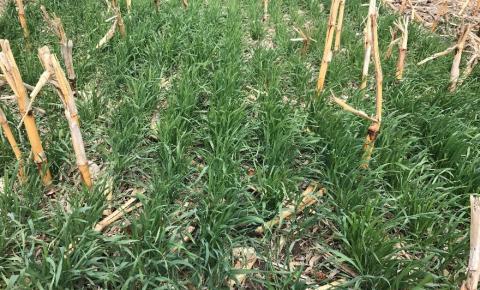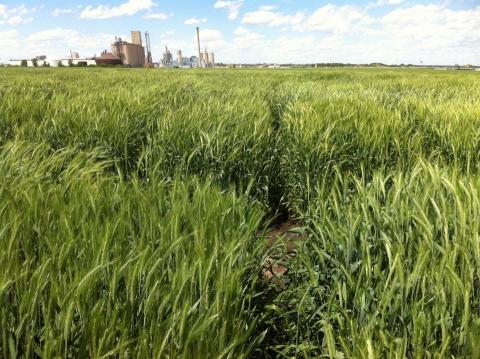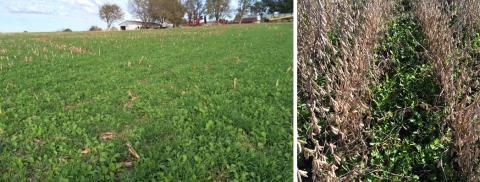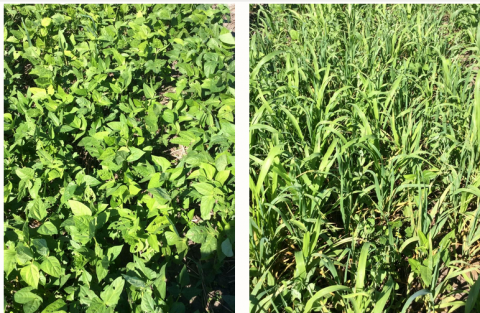Terminating a Cereal Rye Cover Crop – Things to Consider
Nebraska Part of National Research Initiative to Improve Cover Crops
The University of Nebraska-Lincoln is part of a $6.6 million research initiative to promote soil health through the development and adoption of new cover crops across the United States. The initiative was launched today by the Foundation for Food and Agriculture Research and The Samuel Roberts Noble Foundation, which is the lead institution.
Nebraska Cover Crop Conference Feb. 14
Interested in adding cover crops to your corn-soybean rotation, but don’t know where to start? Or maybe you’re already using cover crops and would like to talk with others about some challenges you faced.
Is Nitrogen Fixation Oversold with Legume Cover Crops?
One expected benefit of using legumes as a cover crop is to provide a source of nitrogen (N) to the cropping system. However, when legumes are included in mixtures with grasses and broadleaves for a relatively short growing period, the amount of actual fixed N may be relatively low.





